If you don’t have the time to read through this article, then the difference between the 35mm vs 50mm focal lengths boils down to use cases:
- If you want a wider lens that captures more of the background to tell a story with it, go for a 35mm.
- If you want the cheapest prime lens ideal for portrait photography then go for a 50mm lens.
Most serious photographers have at least one of these focal lengths in their kit, if not all of them. The 50mm is considered to be the middle ground lens, which closely resembles the angle of view of the human eye.
The 35mm, on the other hand, has a wider field of view, thus making it a great all-rounder.
You will find photographers that swear by each of these lenses and consider them the best solution, but that is all about personal preference. This article aims to inform you what you can expect from each focal length and then make an informed decision for the next addition to your photography kit.
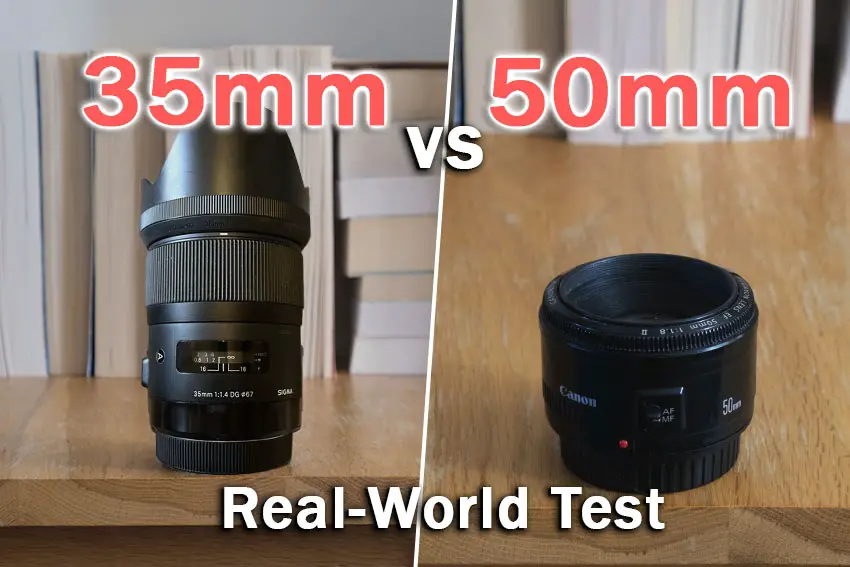
What is a 35mm lens good for?
The 35mm lens is the widest one of the bunch. This gives you plenty of opportunities to use that to your advantage. Even though it will not give you as much background separation as a 50mm lens, a 35mm lens is great for environmental portraits, group portraits, weddings, or even lifestyle. And it works great for landscapes too.
The 35mm lens works great for everything you would normally see with your own eyes. Even though the 50mm is considered to be the focal length closest to the human eye, while that might be true, we have two eyes. Pair two 50mm lenses, one next to another with the overlap our eyes have, and you will get something closer to a 35mm field of view without it being 3D.
For that reason, many photographers use the 35mm when they want to achieve a natural look. Environmental portraits, for example, work great as they give the viewer the feeling as if they are there.
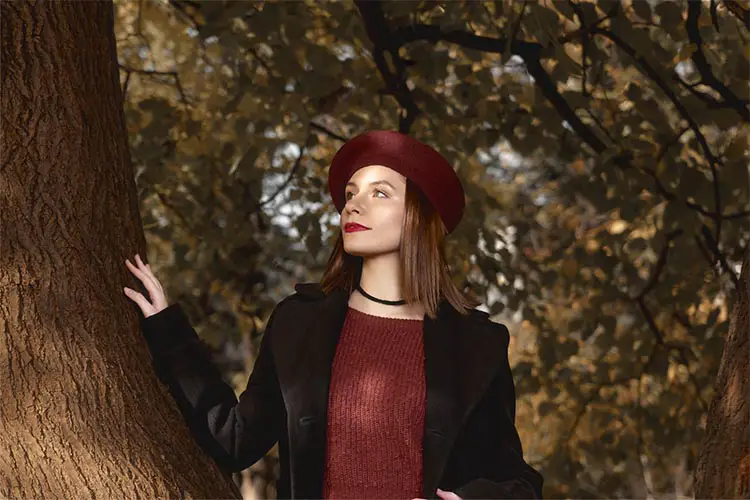
Weddings are a great place to use a 35mm lens since this is where the same angle of view works great as well. If the 35 mm works for weddings, it will work for most of the ceremonies as well. Baptisms, Bar Mitzvahs, Graduation ceremonies, and so forth.
Many lifestyle and travel photographers shoot with a 35mm, and if I were a lifestyle photographer, I would go the same route. It is not too wide, so it doesn’t look as distorted and weird as a 20mm lens would look, and yet it is wide enough to capture everything necessary with a pleasing background blur. The 50mm lens would be harder to manage since you would often work in tight places.
Landscapes and street photography are also good genres for the 35mm lens to shine. The natural angle of view of the 35 makes it an excellent choice for street photography. If you are brave enough to get closer to the subject, the 35mm will provide you with a great street photo that will border an environmental portrait-like look.
Landscapes, though, will not be as wide as you might like. A 35mm will provide a more selective composition than an ultrawide would. But that is not a bad thing. Often a bit of a selective view works great.
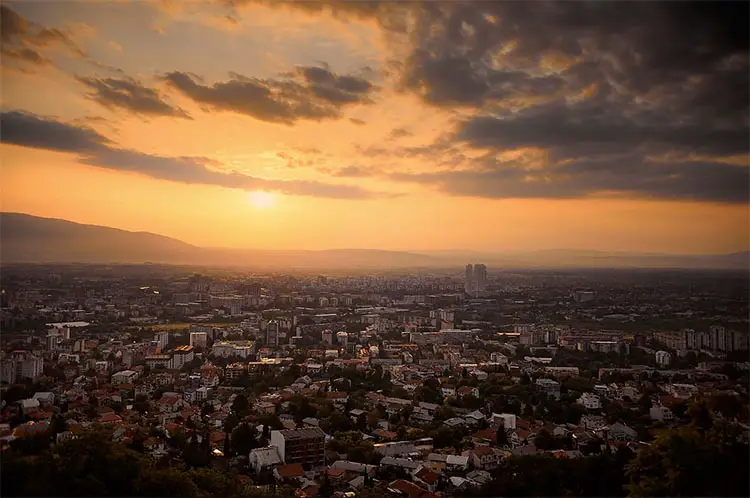
Read More:
How to use a 35mm lens?
Low light performance
A 35mm, being a prime lens, will offer you wide apertures. Among the three lenses we discuss here, it has the widest focal length. That means in low light scenarios, you can use a shutter speed of around 1/60th of a second if you follow the reciprocal rule. Pair that with f/2 or wider, and you have a decent recipe for good low light performance. Compared to the 50mm on the same aperture and ISO, the 35mm would be ⅔ brighter, respectively.
Note that in this case, the reciprocal rule states 1/35th shutter. But we double that to be on track with modern times. Modern cameras have sensors with high pixel densities. Therefore, the reciprocal rule is not as safe as it used to be. That is why doubling it is the way to go. Canon cameras allow you to set the auto shutter speed to be roughly twice the focal length. If they do it, probably we should do it too.
Composition
At this focal length you have to be quite aware of your surroundings. You can not avoid the background, nor can you wash it out entirely in background blur. Sure, for extreme close-ups at a wide aperture, you can. But, at 35mm, you will be using the background in a more obvious manner, so it can aid your photo.
With that, you should think about your composition a bit more. You will have to plan your composition with your subject and background in tandem. The background will have to add to the subject instead of it being just a cool backdrop.
Aperture
Same as any other lens, the aperture plays a vital role in the final look of your photo. The aperture does not just control the amount of light. It also controls the background blur.
If your distance to the subject is near or exceeding 5 meters, you will get very little background blur when wide open. If the amount of light is not an issue, you might want to consider closing down the aperture. That way, you will actually have everything in focus.
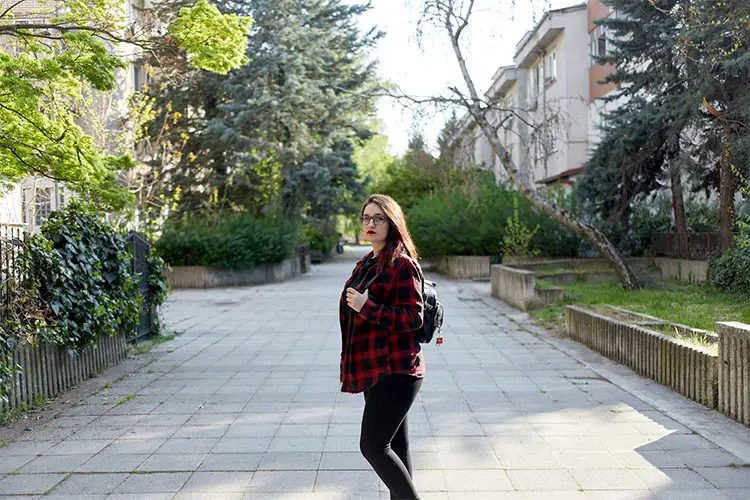
This way, you separate your subject from the background using light, color, contrast, and other tools and have the background sharp to aid your photo.
What is a 50mm lens used for?
Since the golden age of film, the fifty is considered to be the lens that everyone should have. Most film cameras came with a 50mm lens as a kit. That doesn’t mean that the 50mm is the most versatile lens, far from it. No lens can do it all. However, it seems that it is the easiest lens to design. Therefore there are plenty of variations out there.
All that is great, but why should you use one? Well, the 50mm is a great all-around lens, with some limitations.
I mentioned environmental portraits when I discussed the 35mm lens. The 50mm lens is great for that scenario too. It will be slightly more limiting if you are working in tight spaces, but you will have the benefit of zero distortion and the natural look and feel of the portrait. At this point, it is a matter of personal preference and taste.
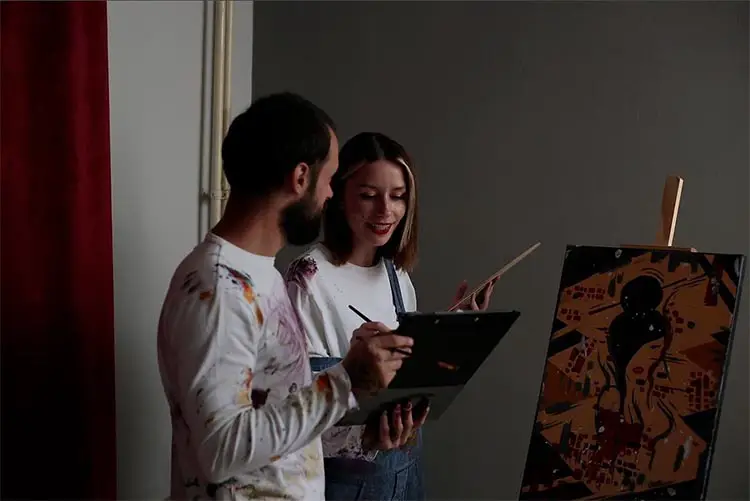
The 50mm lens is a great all-around portrait lens. Most portrait photographers have it in their bags. It provides enough subject separation and blurry background when wide open, even for a full-body shot. And since you will have to have a bit more distance to the subject than the 35mm, you will have less exaggeration of the facial features.
It is a great choice for weddings and similar events too. Yes, that is also where the 35mm shines. However, the 50mm proves great for the important moments where you want to single out someone. For example, it will work great for the first dance, walking down the aisle, saying the marriage vows, and so forth. This applies to other ceremonies too, where you have to photograph people of importance.
If we were to ask Henri Cartier-Bresson how to shoot street photography, he would say that a 35mm rangefinder Leica with a 50mm lens is the way to go. At least that was what he was famous for. Make no mistake, the 50mm is an excellent street photography tool. It gives you a bit more distance to the subject than the 35mm lens, thus allowing you to shoot unnoticed.
You can go for landscapes with a 50mm lens too. Landscapes are the most flexible when it comes to lenses. All you need to do is figure out what you want to shoot. A 50mm lens will force you to pick your composition more precisely, and you will be going for details instead of a whole vista.
Read More:
How to use a 50mm lens?
Low light scenarios
Just like the 35mm lens, the 50mm is excellent in low light. Wide aperture 50mm lenses are quite cheap. That means you can get into low-light photography on a budget. An f/1.8 50mm lens costs around $125 if you shoot Canon or $215 if you shoot Nikon. If you want to go to f/1.4 aperture, then you are looking at around a $400-500 price tag. Which is not that bad.
That said, unlike the 1/60th of a second minimum shutter speed you can achieve with the 35mm lens, with the 50mm, you will be using 1/100th of a second. Which is ⅔ of a stop darker. Now, that difference is not that bad in reality since it is still a great low-light performer.
Composition
In regards to composition with the 50mm, you still need to be more aware of your surroundings, just like the 35mm. However, you have a bit more flexibility here. The 50mm provides you with more background blur, and it compresses the background more when compared to the 35mm. That allows you to get away with a subpar background easier. It doesn’t mean that you should. It means that if you don’t have a choice, you can.
Even though the 50mm creates more subject to background separation, stepping back a couple of steps can negate that if you need it. That means that you have the option to separate your subject from the background via background blur or blend it with the background if you don’t want background blur. You have the flexibility to do so.
Aperture and Depth of Field
With the 50mm, the aperture plays a vital role in your composition. Wide-open it separates your subject from the background most of the time. However, if you stop it down a little, it behaves a bit more like a 35mm lens.
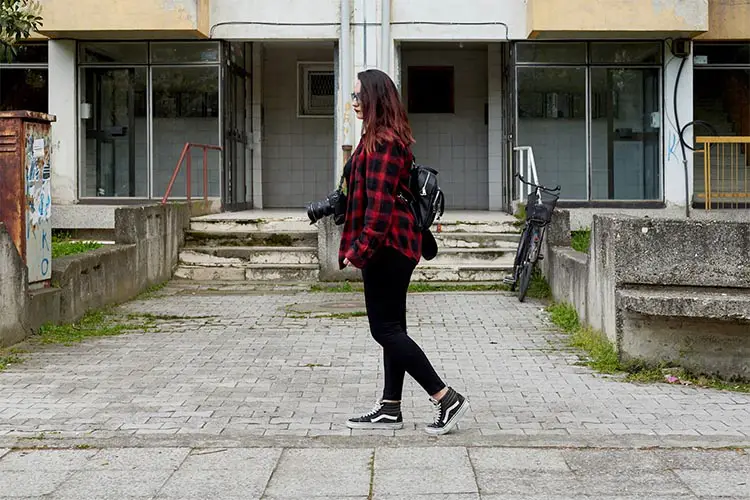
For example, stop it down to f/4 and move away from your subject around 5 meters, and your background will be mostly in focus. At f/6.3 and above, pretty much everything is in focus at a distance of 4+ meters.
If you were to do a close-up portrait at a smaller aperture, say f/3.5, you would still get a decent amount of background blur.
35mm vs 50mm for Street Photography
There is a decent amount of difference between the 35mm vs 50mm lenses in a street photography shootout. Both of the lenses have their own charm. However, they both differ in focal length significantly. That means you will have to be quite picky about the scenarios you use them for.
Composition and angle of view
If you were to keep your subject the same in the frame with both lenses, then with the 35mm you would capture more of the background, thus possibly illustrating the scene better. More environmental scenes, where the background is far away from the subject, work better with the 35mm lens.
The caveat here is that with the 35mm lens, you have to be quite close to your subject, which can lead to awkward situations.
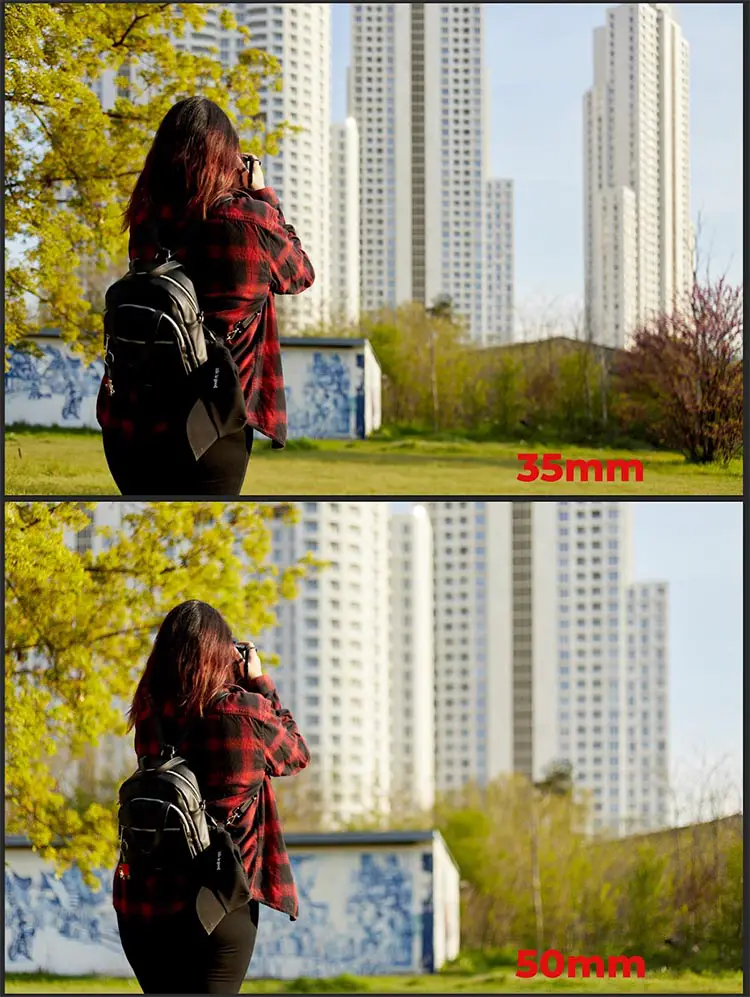
On the other hand, there are scenarios where the 50mm lens works better. Capturing more of the background can lead to photos cluttered with unnecessary elements. The background needs to tell a story just like the subject does. However, it should not take away attention from the subject. Having a background that is overwhelming, cluttered, or busy can make the photo confusing.
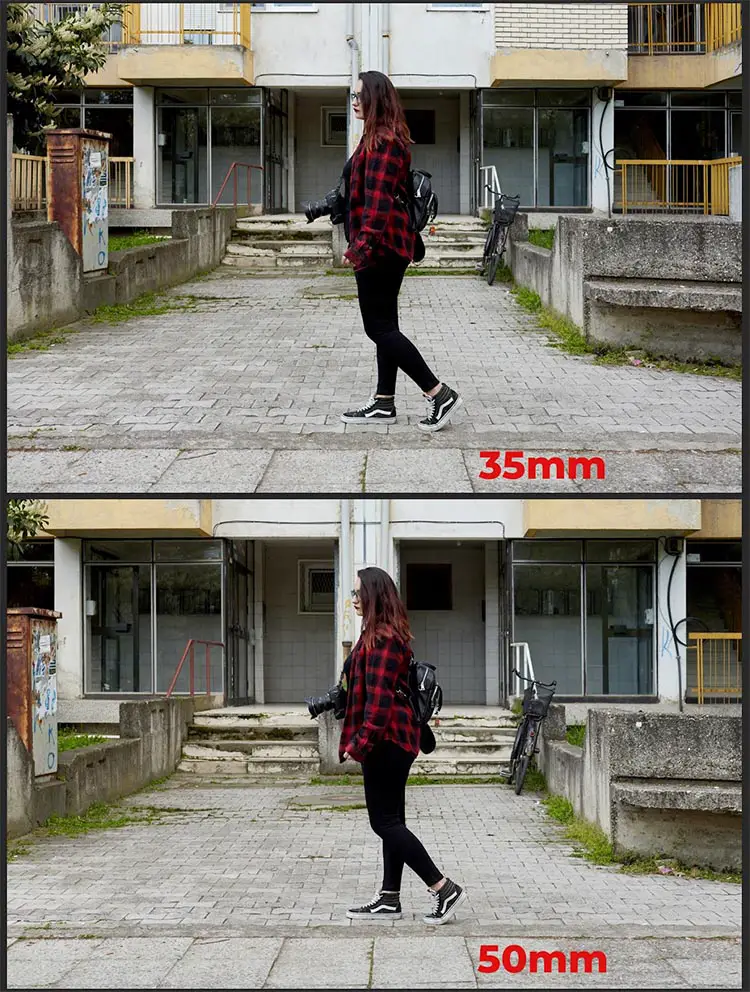
Ease of use
Both lenses are easy to use. However, there are pros and cons to both lenses.
It is easier to acquire focus with the 35mm lens, and it is less forgiving for slight focus inaccuracies due to the wider field of focus.
On the other hand, the 50mm will give you a bit more distance to the subject, which can lead to more successful photos before the subject realizes they are being photographed. That might lead to more useful photos. Of course, this depends on the culture you live in.
With the 35mm lens, you will have to deal with distortion and exaggeration with subjects that are too close to the camera. The 50mm does not suffer from that as much.
Ergonomics
There are lenses that are often small and light and comparable in size and weight at both focal lengths. For example, Sigma makes 35mm and 50mm Art lenses. The difference in size and weight is around 20%. Nothing significant. The size and weight differences with cheaper lenses are even smaller.
35mm vs 50mm for Portraits
It is not that simple to compare these focal lengths for portraits since they are used in slightly different portrait genres. In other words, there are instances where the 35mm will shine, and there are other instances where the 50mm will shine.
Background compression and exaggeration
If you try and keep the subject the same in the frame between the two lenses, the result will look something like this:
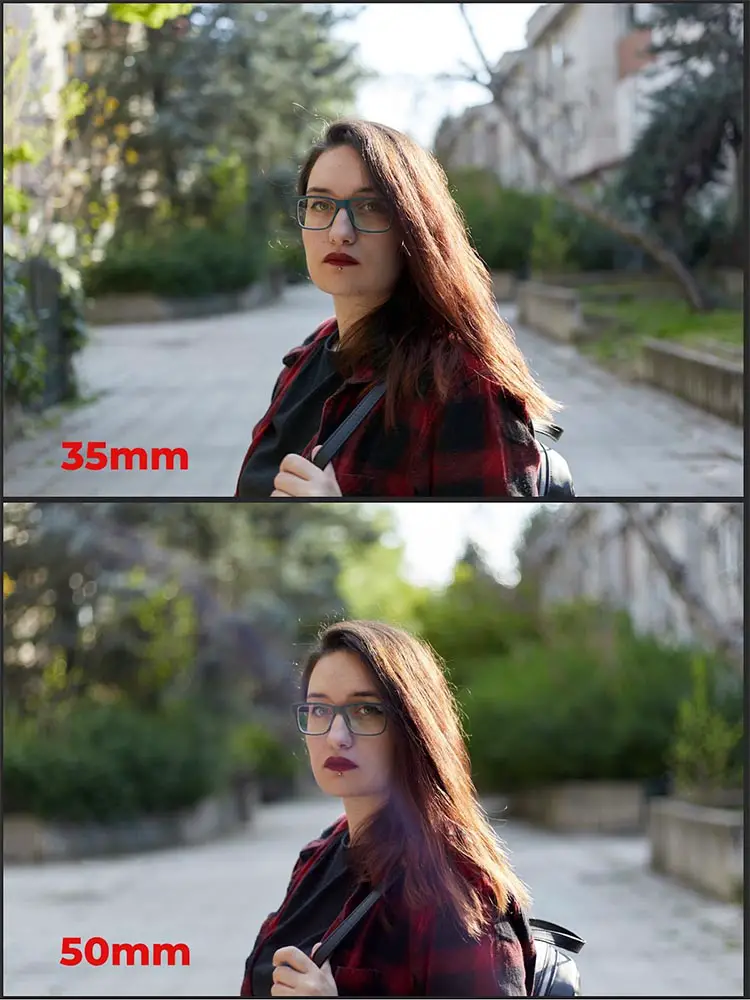
Since the 50mm has a longer focal length, if you keep the subject the same size in the frame, the background will appear closer and with more blur for the same settings. To keep the subject the same size, you need to either go closer with the 35mm lens or go further back with the 50mm lens.
Additionally, the exaggeration of the facial features is also noticeable. The 35mm feels more exaggerated and less natural. As you can see from the close-up shots below, the difference in the exaggeration of the facial features is quite noticeable. It gets more noticeable the closer you are to the subject. In other words, the exaggeration will be more noticeable with close-up portraits.
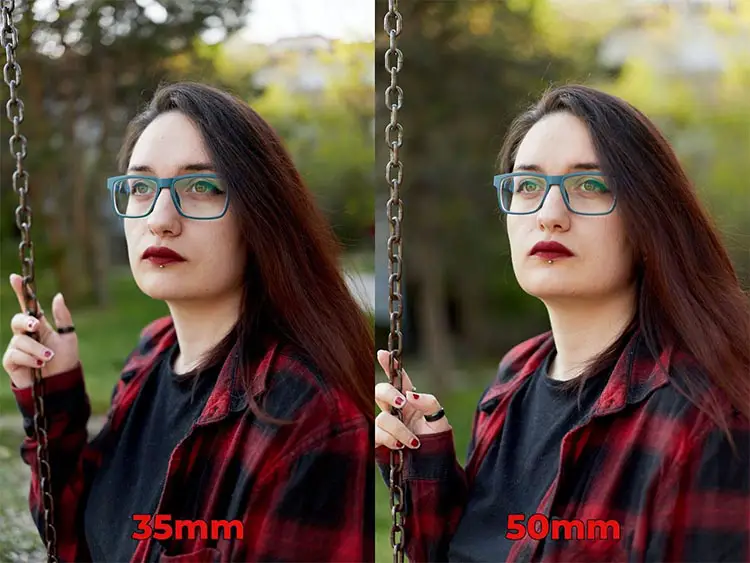
In a full-body scenario where the subject remains the same size, you can see the same differences. The background appears closer in the 50mm shot, while the body feels elongated in the 35mm shot. In this scenario, the 50mm feels more natural.

Angle of view and crop
If you were to shoot with both lenses at the same distance to the subject, you would realize that, in essence, with the 50mm lens, you are just cropping in the 35mm photo. You will notice there is no difference in the exaggeration of facial or body features. That is because the distance between the camera and the subject remains the same.
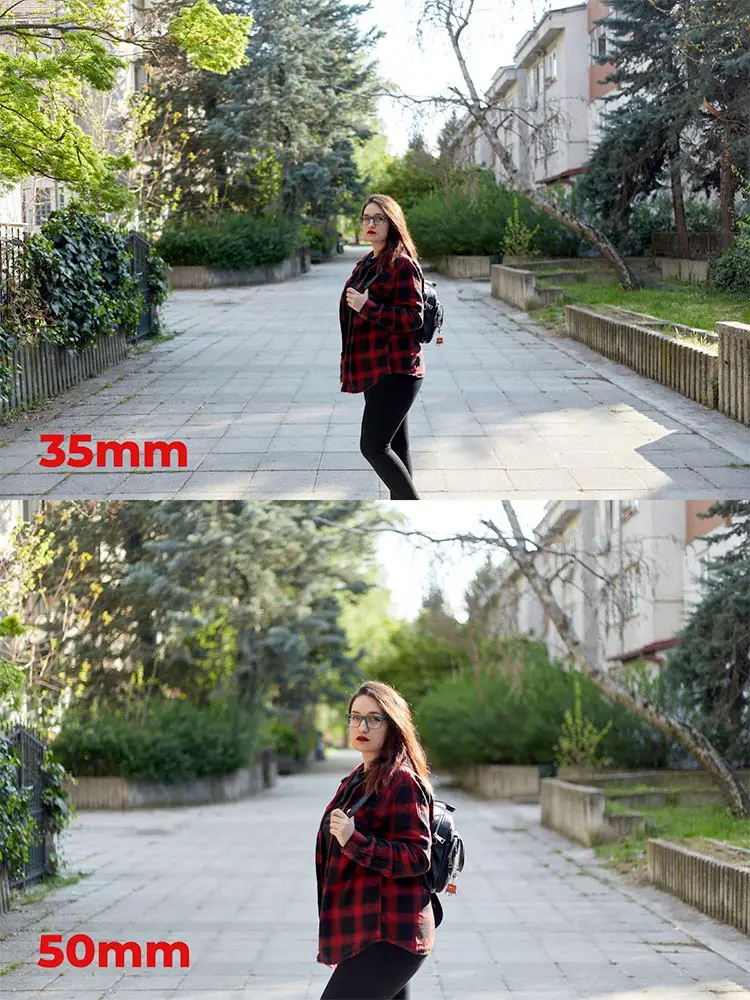
If I were to crop the 35mm shot to make the subject the same size in the frame as the 50mm shot, you would see that the photos look quite similar. The background is compressed the same the subject looks identical. The only difference is in the background blur.
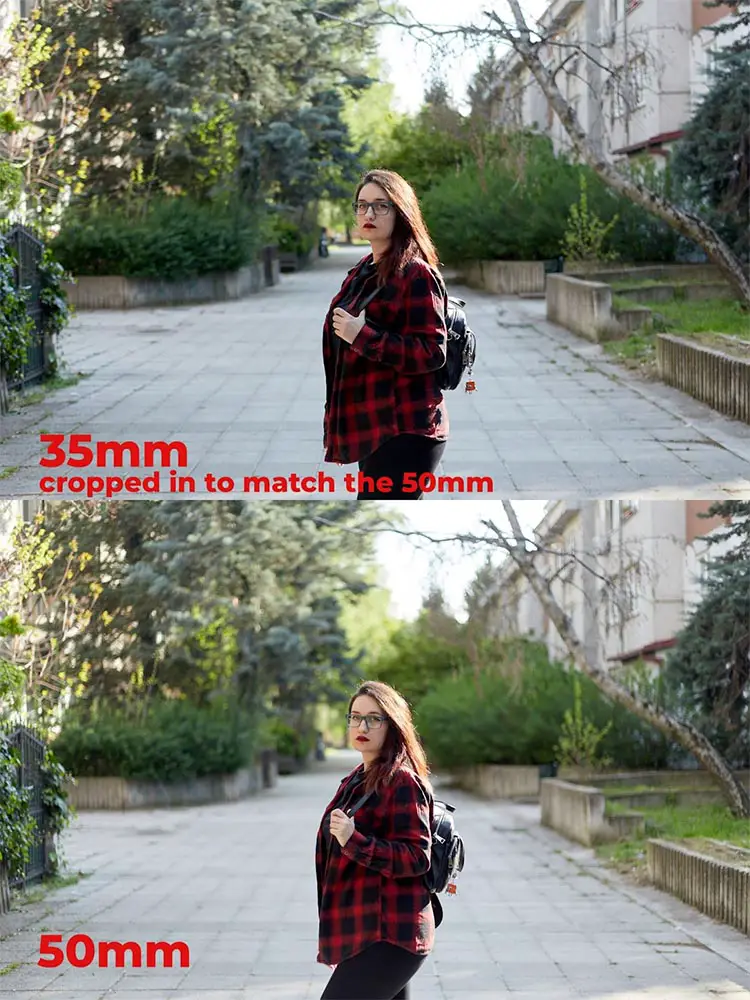
Even though both photos are shot with exactly the same settings, the background blur on the 35mm shot is less blurry. That happens because the focal length affects the background blur. So the 35mm shot, when cropped to match the 50mm shot, looks as if it was shot on an f/2.8 aperture. Even though it is equally bright.
35mm vs 50mm Pros and Cons
So, we’ve looked in detail at the 35mm vs 50mm focal lengths. Overall, each lens serves its purpose, with no one lens any better than any other, unless you need a very specfic purpose like a closeup portrait, or a wide landscape shot.
If you’re still not sure of the ideal focal length for your photography, then take a look at zoom lenses for a way to have all three in one lens.
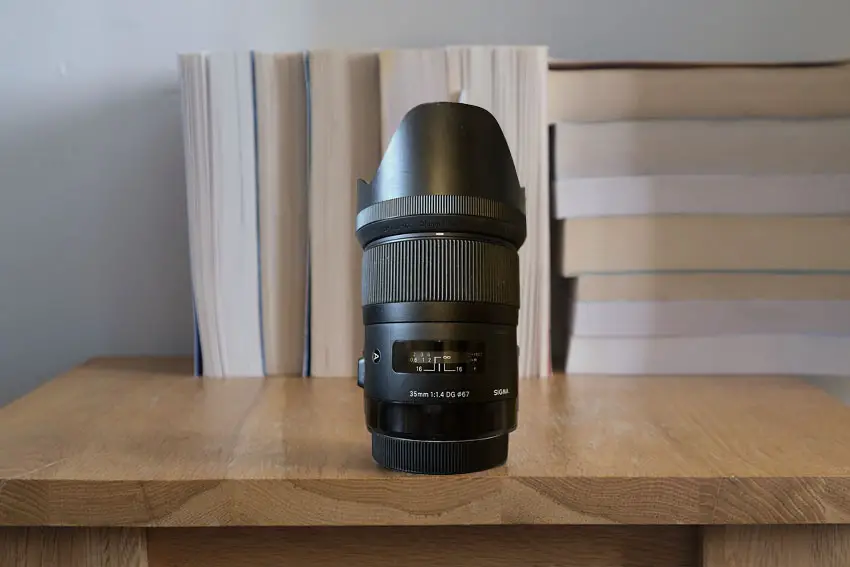
35mm Pros
- Wide angle of view.
- Great for environmental portraits.
- Great for group shots on weddings and ceremonies.
- Great for lifestyle photography due to wider field of view.
- Good for landscapes due to wider field of view.
- Great for street photography if you want a lot of background in frame.
- Great for low light due to the ability to use low shutter speeds of 1/60th of a second.
- Available with wide apertures at low prices.
35mm Cons
- Not good for classic portraits due to exaggeration.
- Not good for classic portraits due to lack of background separation.
- Not good for full body shots due to body elongation and lack of background separation.
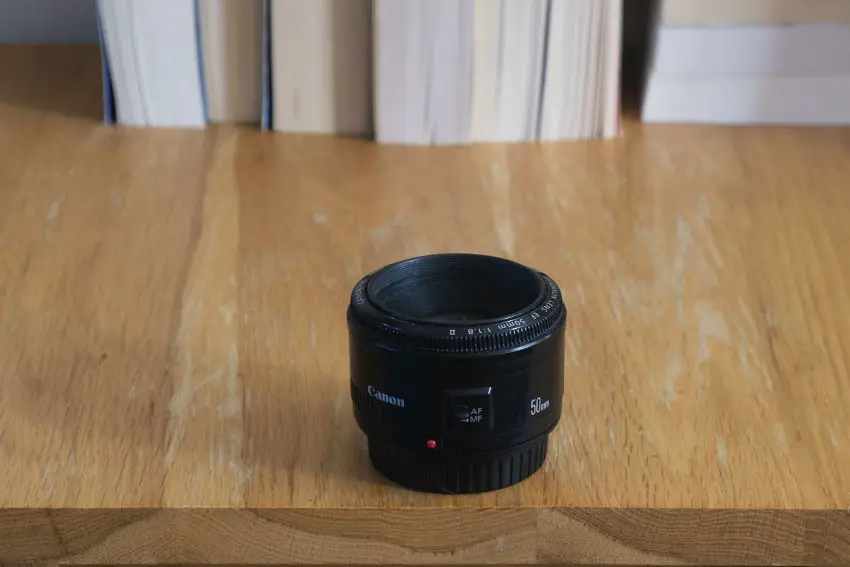
50mm Pros
- Good all around lens.
- Natural field of view. Not too wide, not too telephoto.
- Good for environmental portraits.
- Great for street photography.
- Great choice for weddings and ceremonies when you want to separate the subject.
- Good for low light due to the ability to use low shutter speeds of 1/100 of a second.
- Decent for landscapes.
- Good at avoiding unflattering exaggeration.
- Available with wide apertures at the lowest prices.
50mm Cons
- Middle ground lens, not wide, not telephoto.
- Not great for caprutring groups of people at weddings and ceremonies.
Read More:
35mm vs 50mm vs 85mm lens comparison
24mm vs 35mm lens comparison (with examples)
35mm vs 28mm focal length comparison

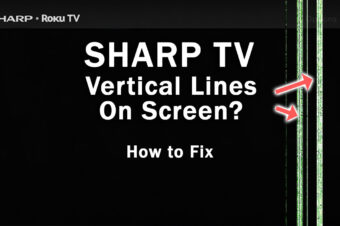
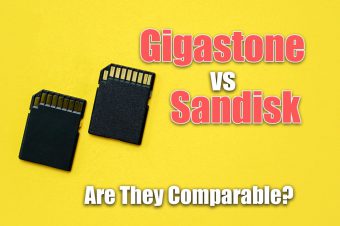
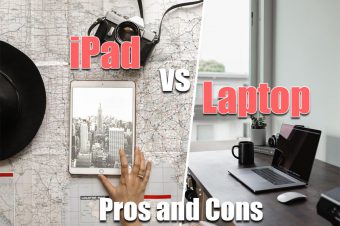
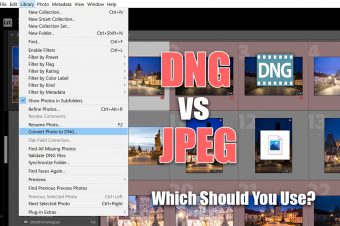
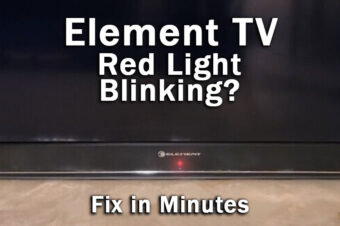
Leave a Reply